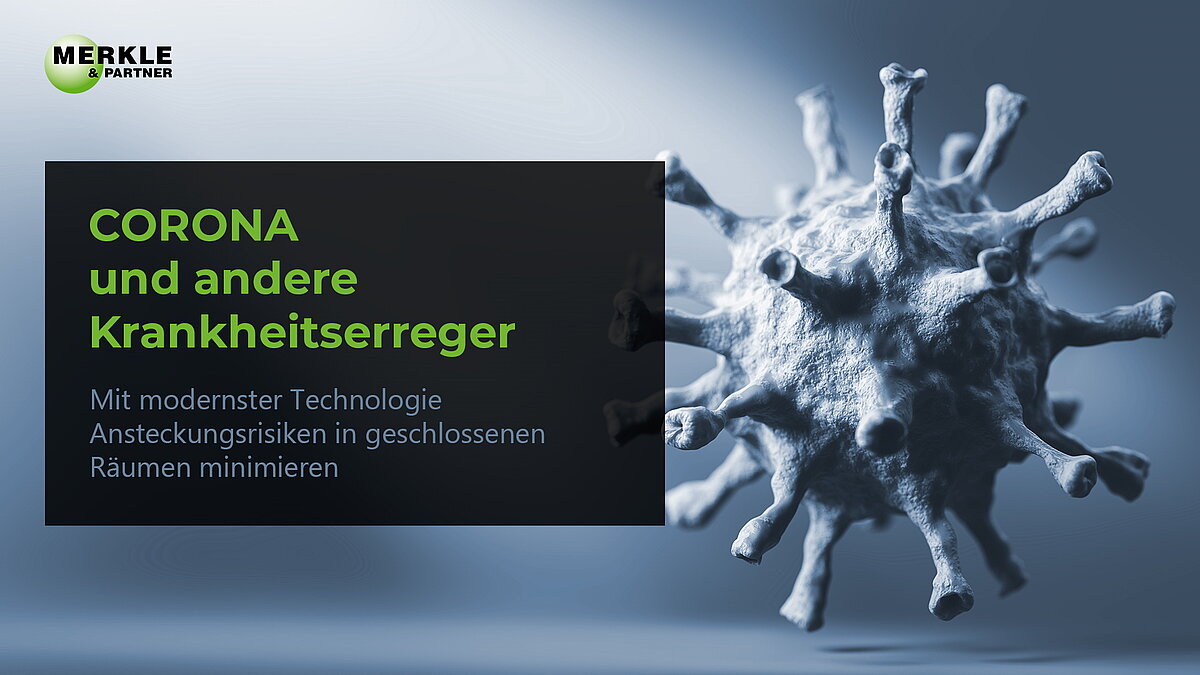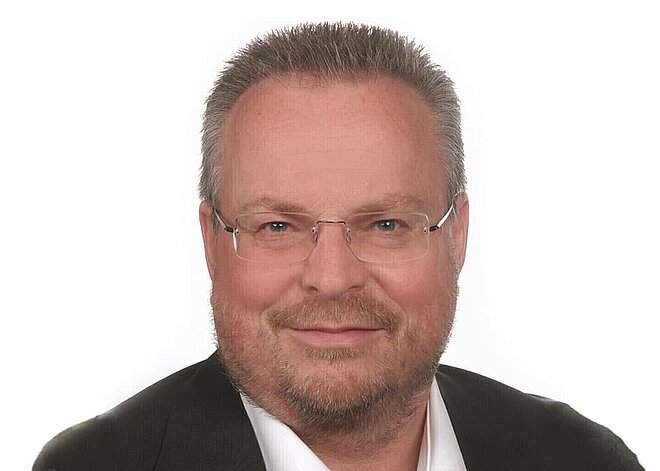Simulations for the fight against Corona

The mask requirement at schools is finally being questioned or, depending on the federal state, even lifted. Whether the epidemic situation will also be ended is still written in the stars. What is clear is that we must learn from the last two years. Because even with and after Corona, we will have to live with health threats. Modern technologies have long offered answers. Also for the future. For demonstrably sensible actions; as Merkle & Partner shows on the basis of engineering simulation calculations.
The basic problem of possible contagions is human contact. In the case of very infectious diseases, even staying in the same premises can be sufficient. This raises the question of how to work with ventilation and the use of modern technologies to solve precisely this challenge.
Merkle & Partner, together with a consortium of experts from the fields of medicine, microbiology, virology, cleanroom technology and metrology, carried out a test setup, simulations and measurements.
The result from this consortium of experts is gratifying. This is because it clearly shows that the use of simulation technologies and sensibly designed ventilation concepts delivers clearly measurable positive results. The risk of contamination in enclosed spaces, such as classrooms, can be kept consistently low.
In addition to these results, also made visible by the simulations, the use of mobile air filtration devices was tested. From these tests, it is clear that the use of mobile fans requires much more know-how to actually achieve valid results. Here, individual room measurements, simulations and, if necessary, different fan strengths are required.
"Provided that sensibly designed stationary ventilation systems can be installed in public spaces, at schools through to cultural and catering facilities, it makes sense and is possible to really keep disease outbreaks under control," says Stefan Merkle, Managing Director of Merkle & Partner GbR.
"Let's leverage the use of meaningful technologies for a livable future, even under adverse conditions. You are welcome to view data, discuss the use of technologies and consider the possibilities and opportunities."
More information under the available video.
